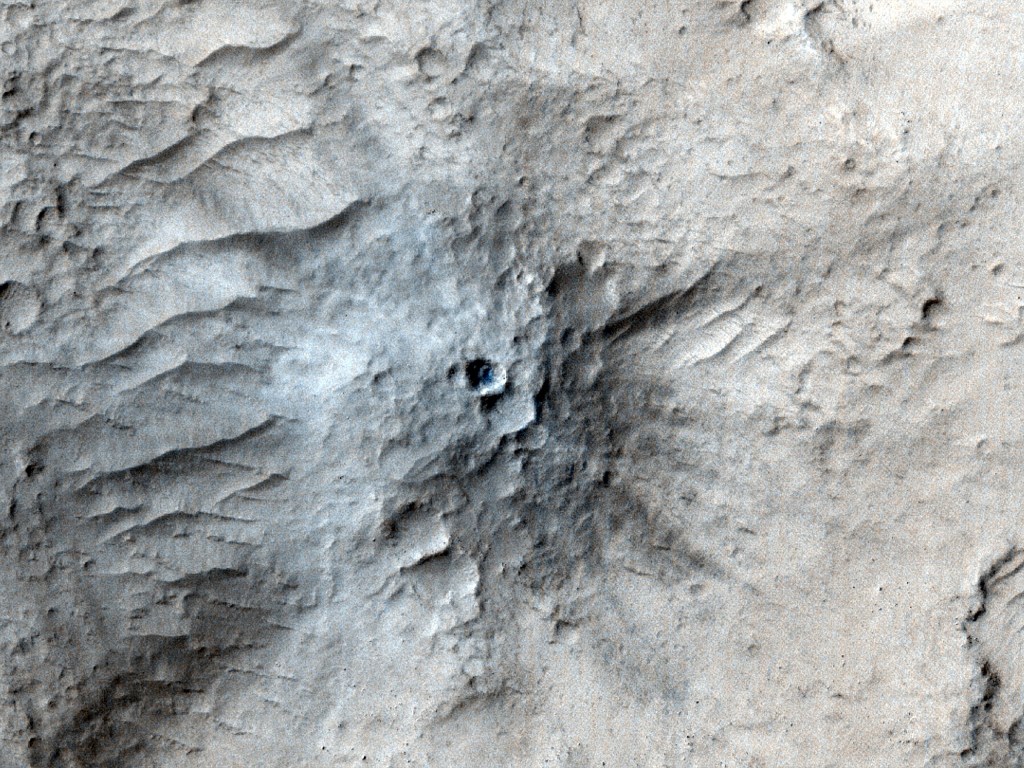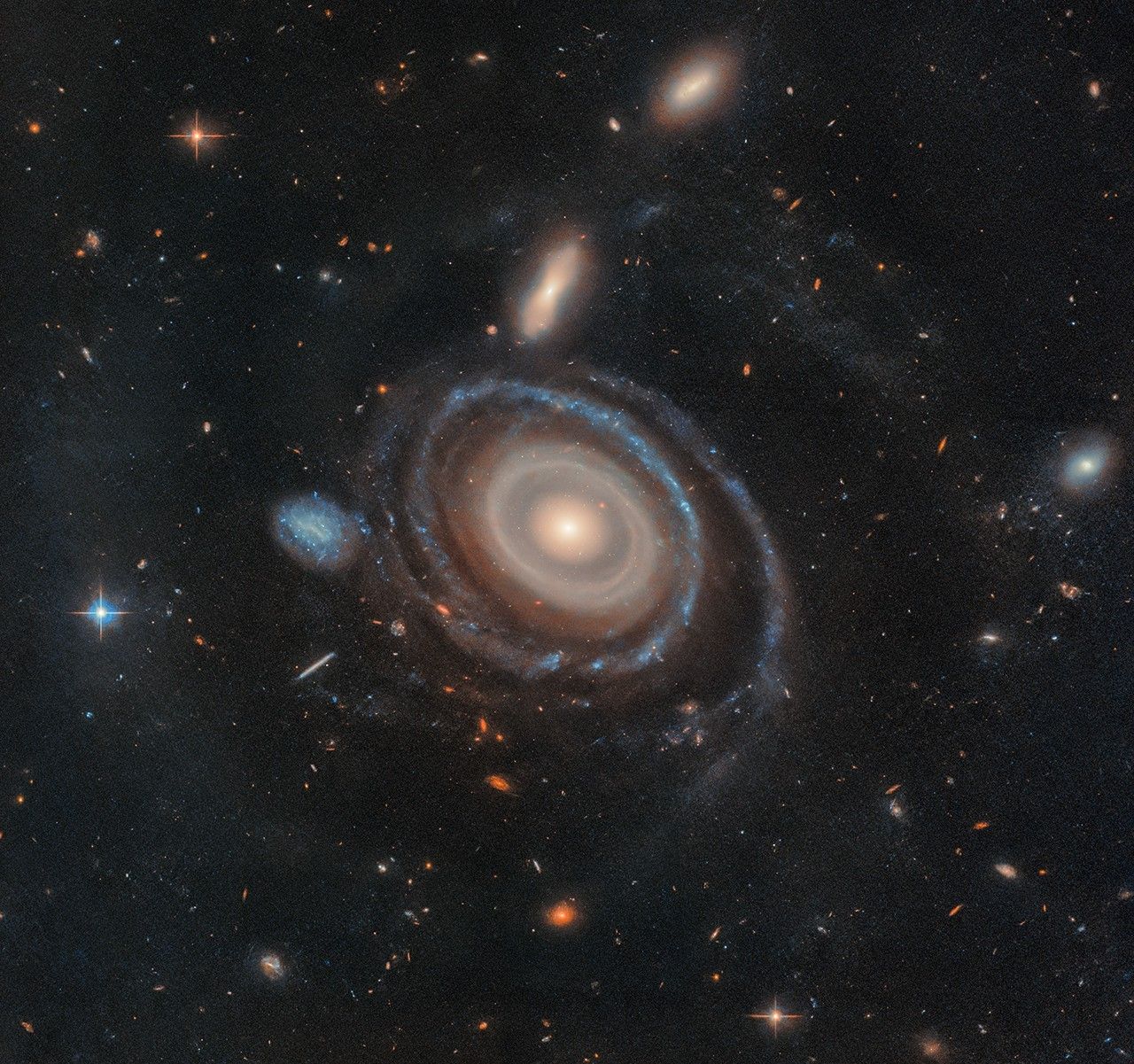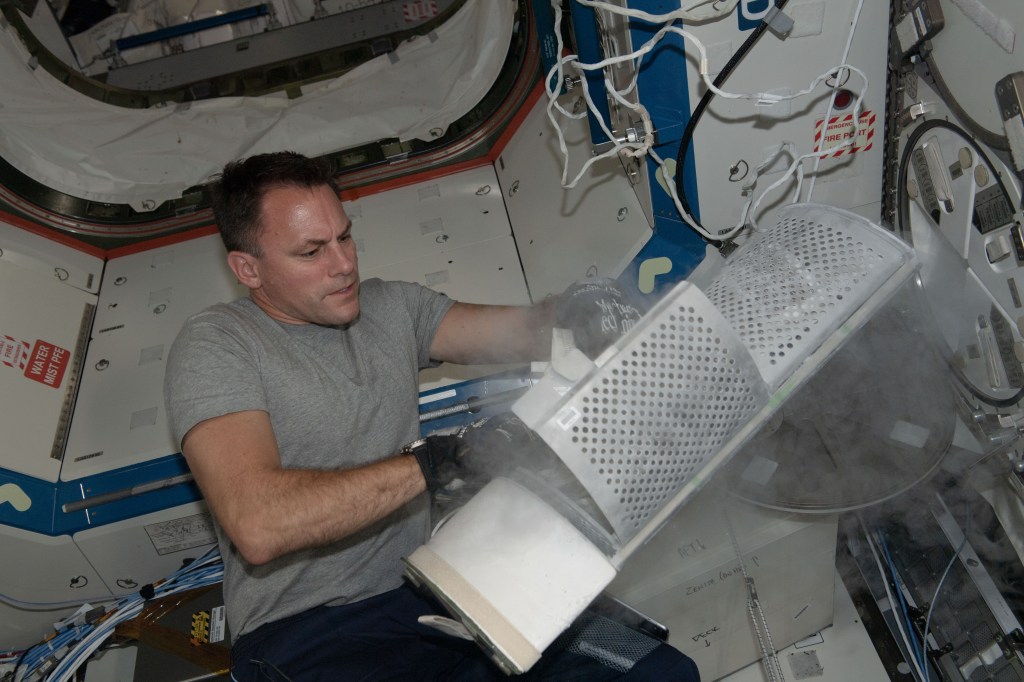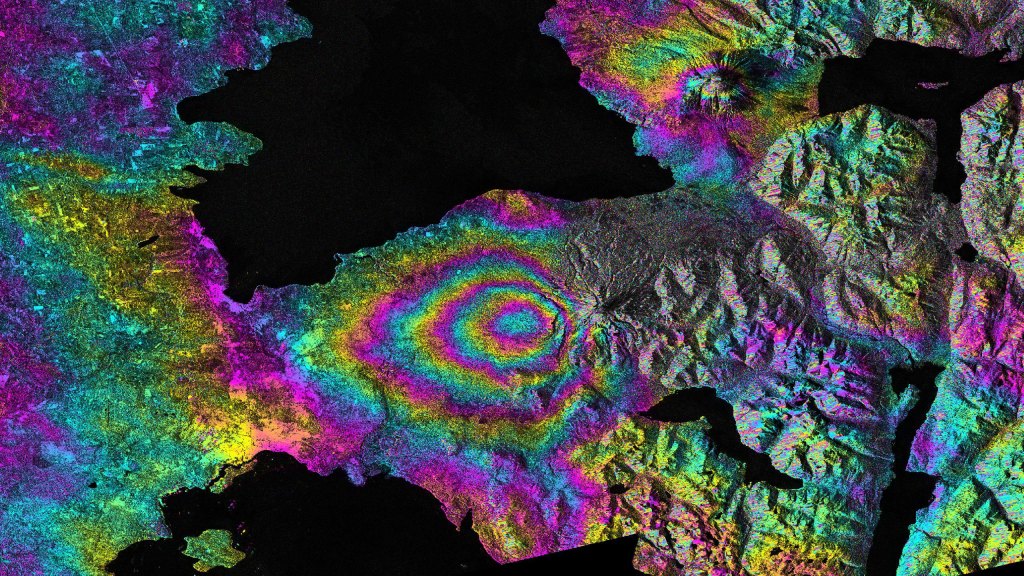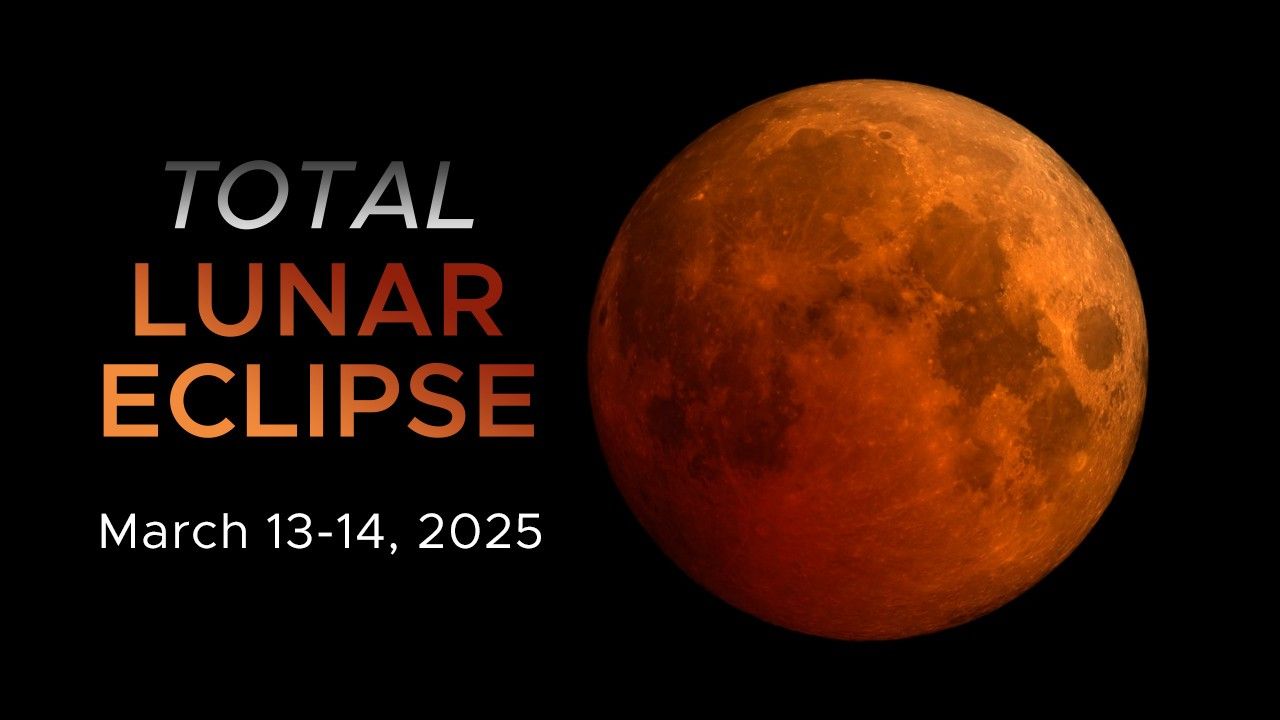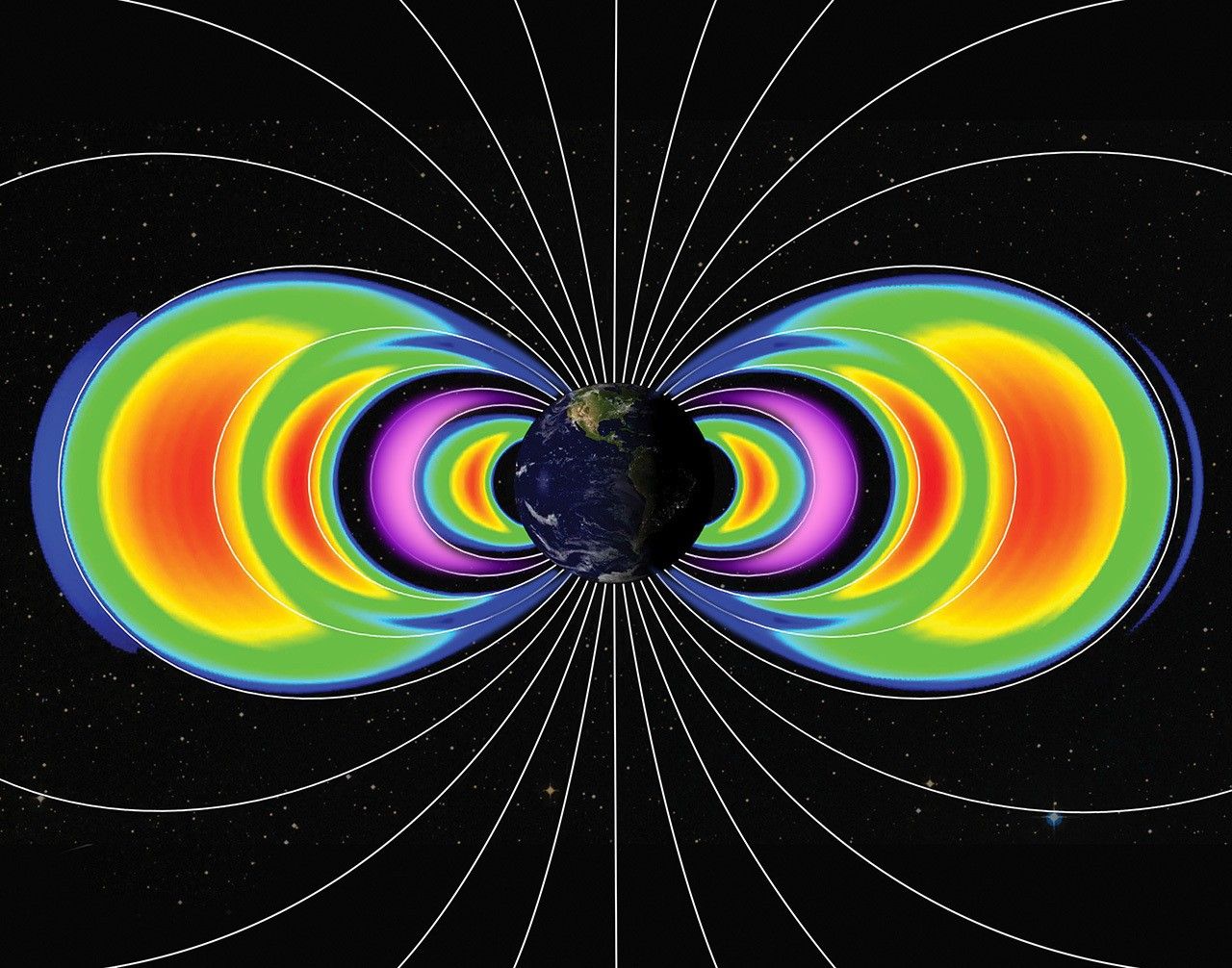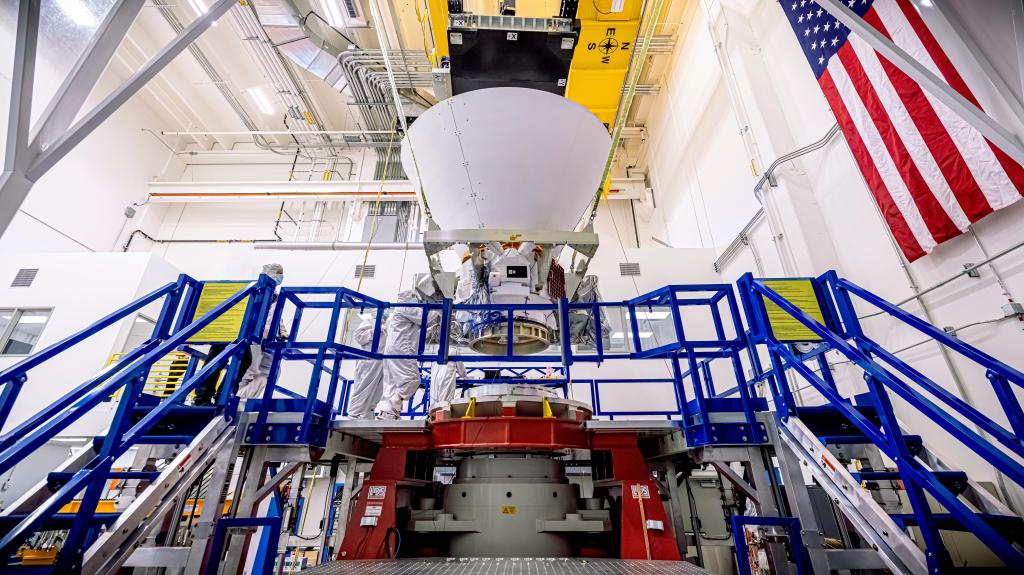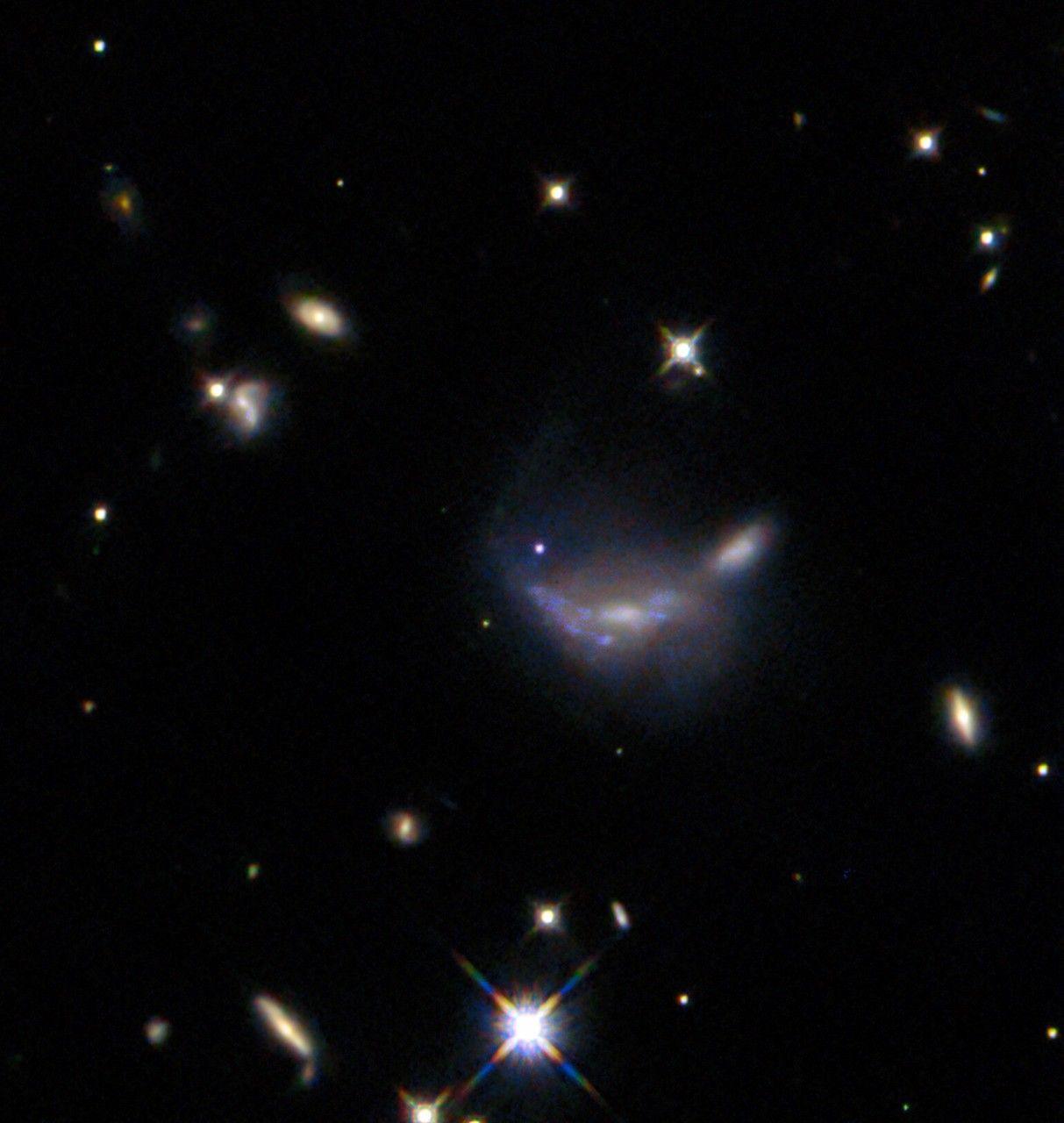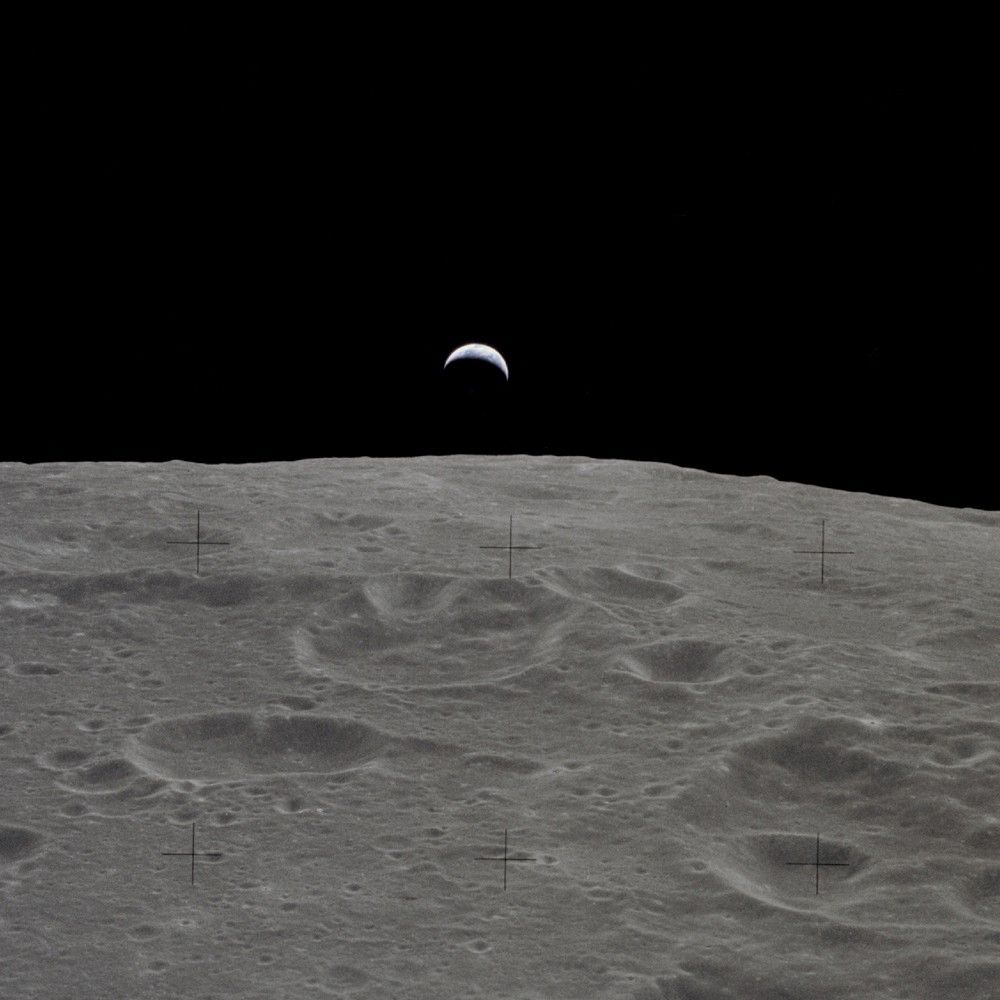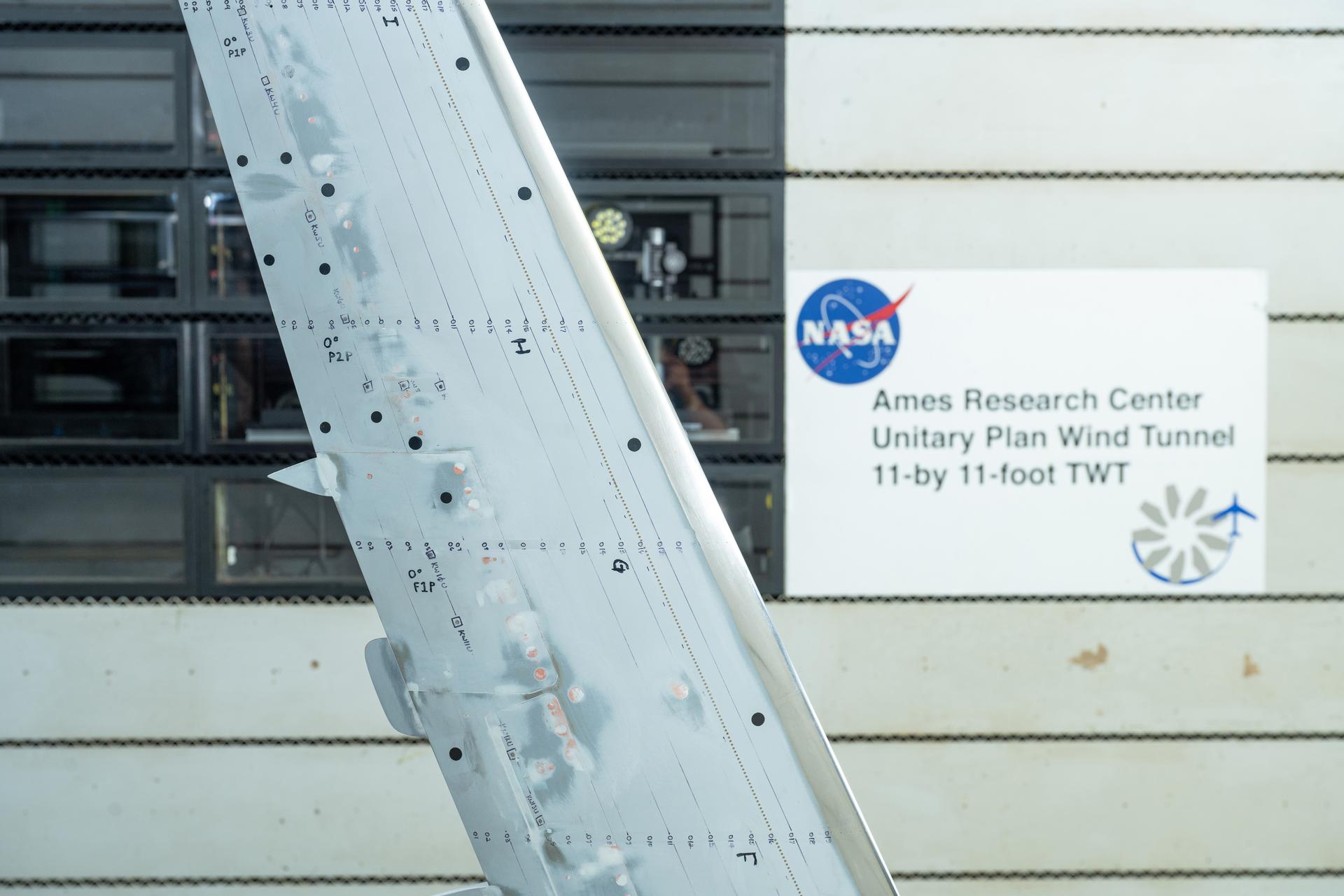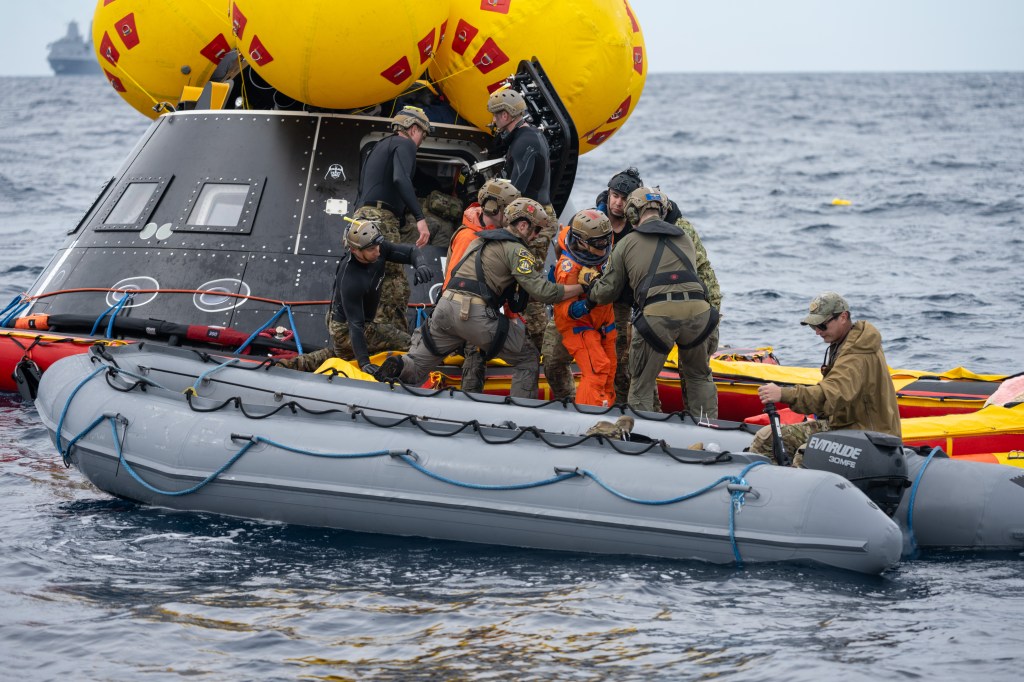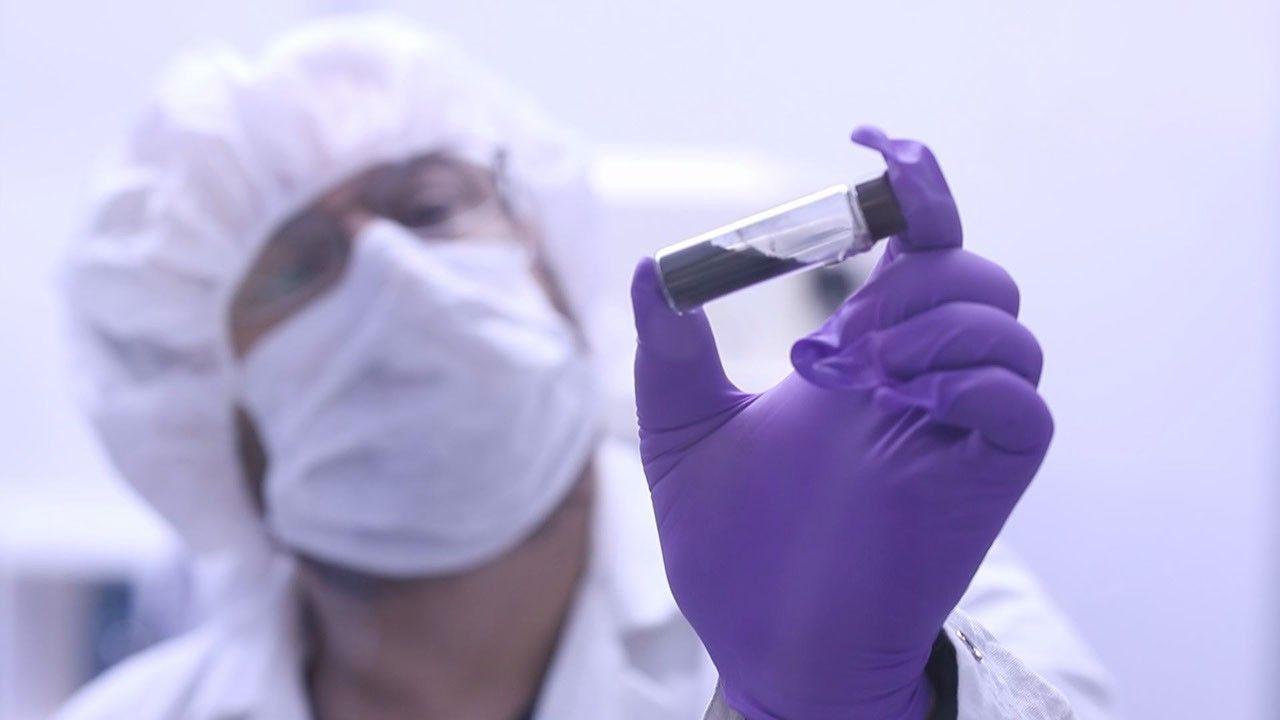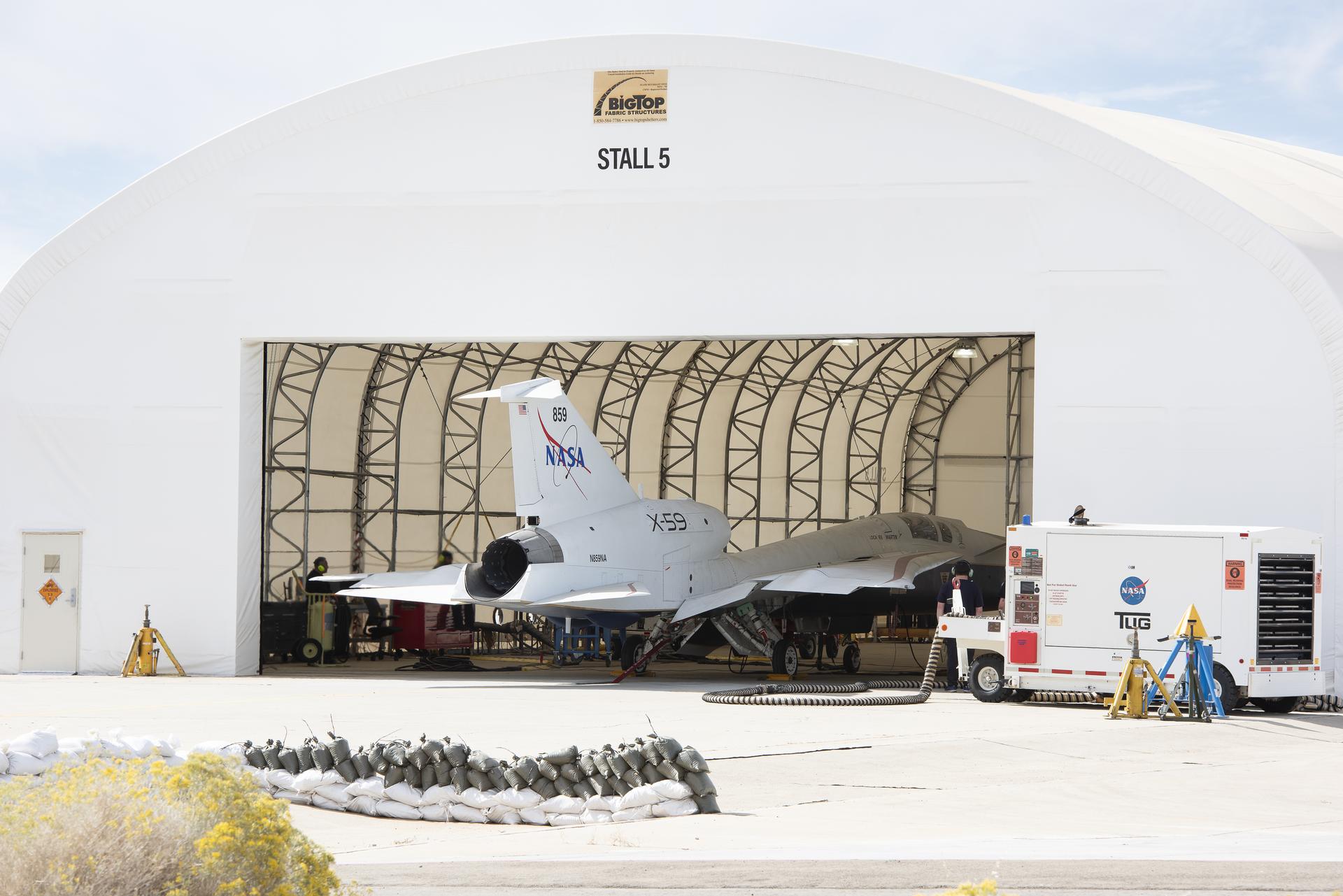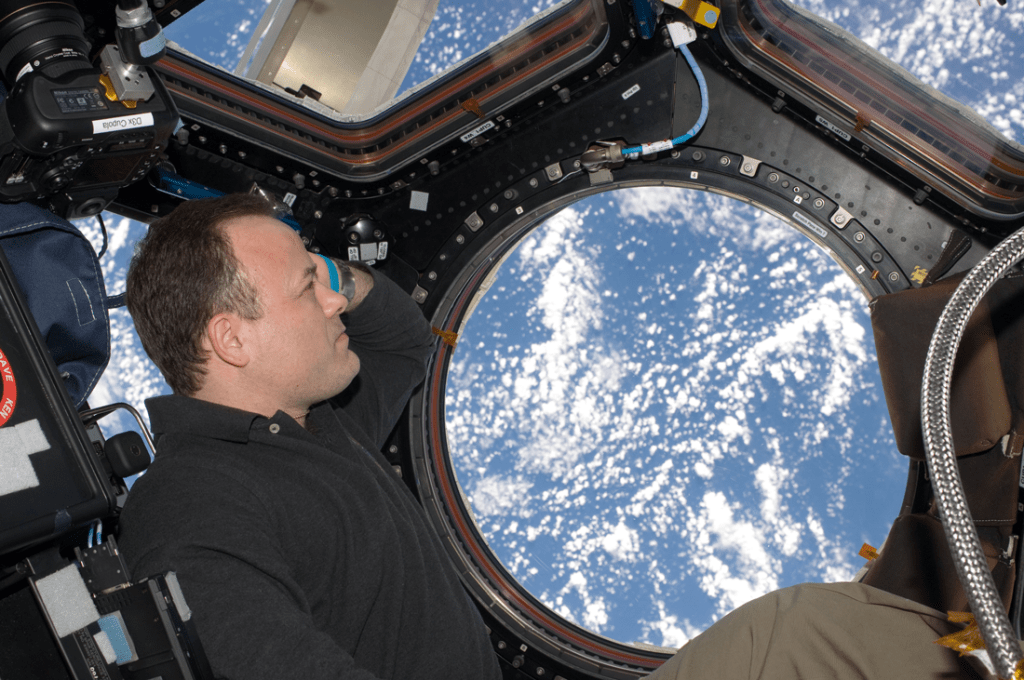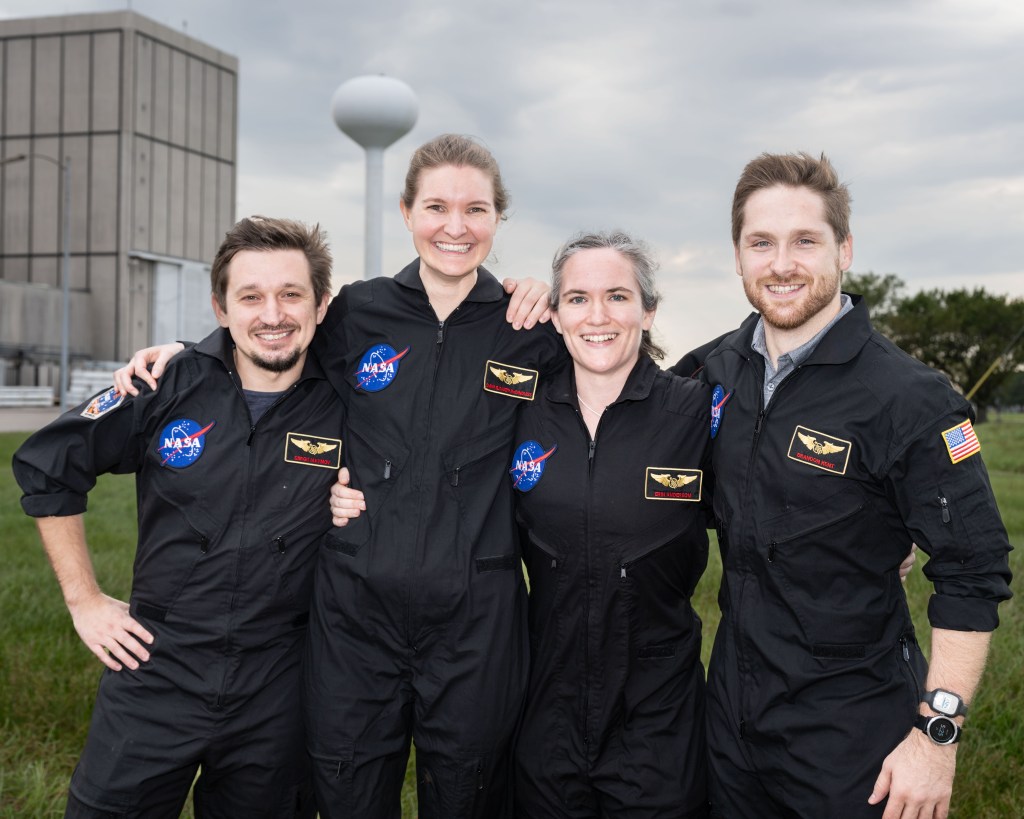Risk of Behavioral Conditions and Psychiatric Disorders
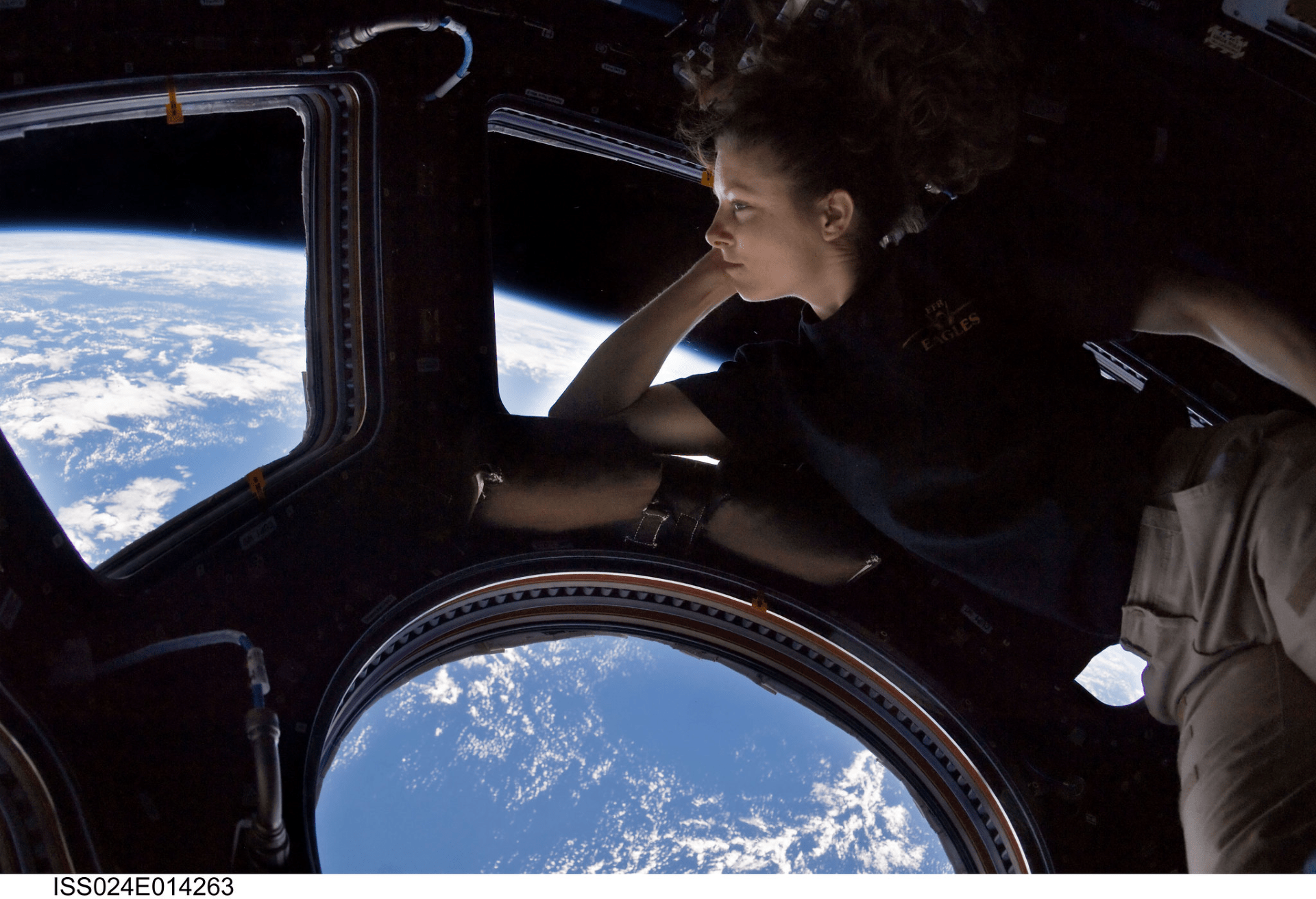
What are the top risks?
The prolonged isolation and confinement that astronauts face in space can increase risks of behavioral issues and psychiatric disorders, such as anxiety and depression. These factors may impact a crew member’s sleep, morale, and decision making, so ongoing research about how to help crews maintain psychological health is essential for the success and safety of future missions. Crew members aboard the International Space Station can virtually talk with family and medical professionals for support, but extended communication delays with a multi-year trip to Mars will create new challenges.
What can be done about it?
Astronauts aboard the space station cope with isolation and confinement in myriad ways. To improve mental health, NASA encourages astronauts to explore self-care options including keeping a regular journal. In addition, research suggests growing fresh vegetables in space may provide therapeutic benefits by providing a tangible reminder of life back on Earth. To better prepare for a human venture to the Red Planet, NASA scientists are also investigating how research volunteers on Earth cope with living in an isolated and confined environment over multiple months. Such Earth-bound simulations of life in space help NASA test strategies that will help keep future crews safe and mission-ready on ventures to the Moon, Mars, and beyond.
Did you know?
A spacecraft’s windows can boost the mental health of astronauts because they reduce monotony and the sense of confinement while in space.
Privacy is also a top priority for a crew’s psychological well-being. Future deep space exploration will require crews to live together in a confined environment roughly the size of a studio apartment for multiple years, so NASA researchers are working to determine how to best maximize privacy in an environment with minimal space.
Formal risk description: Risk of adverse cognitive or behavioral conditions and psychiatric disorders
Research in support of this risk: Latest evidence

